15 New Flash Storage Products Heating Up The Data Center Market
Storage startups and storage greybeards came together during August's Flash Memory Summit 2019 to show off the latest in high-performance hardware, software, and components targeting some of the most performance-demanding workloads ever.
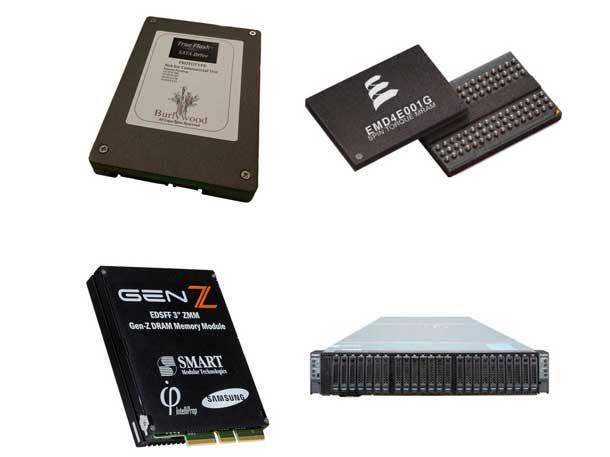
Flash The Bright Spot Of Storage
While the storage industry as a whole appears to be slowing down, the real bright spot of the industry is flash storage where sales continue to grow as the cost of NAND memory continues to decline and the demand for technology to meet increasingly complex workloads booms.
The best place to get a look at the kind of technologies that will soon be available to performance-hungry users and their applications is the Flash Memory Summit, an annual gathering of developers of some of the hottest storage technology available. FMS 2019, held as usual in Santa Clara, brought together a wide range of flash storage technologies from operating systems to SSDS and server-class memory to complete all-flash storage arrays from both established and startup vendors.
CRN has brought together 15 products highlighted at FMS 2019, including the latest arrays, NVMe SSDs, and related products. The 15 products highlighted here have three common threads: they were introduced in the last four months, they were all flash-focused, and they were all at FMS 2019. Many of these products were never seen before the conference.
For the latest in flash storage, turn the page.
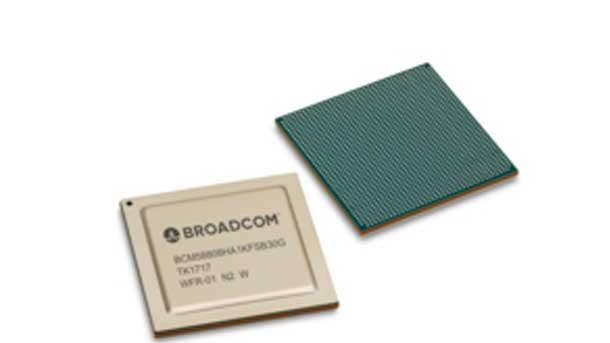
Broadcom Glass Creek NVMe-oF Adapter
San Jose, Calif.-based chip maker Broadcom used the Flash Media Summit to introduce its new 50-gigabits-per-second Glass Creek NVMe over Fabrics (NVMe-oF) storage adapter. The adapter lets a server seamlessly connect to a large number of SSDs on the network and communicate with these SSDs as if they were local drives. The new Glass Creek adapter provides operating system independence by presenting a standard NVMe interface to the host, extending the reach of NVMe-oF to any server. It is powered by Broadcom’s Stingray system on chip (SoC) with hardware accelerators for RAID, de-dupe and security, and provides 1 million IOPS performance in a standard full-height, half-length (FHHL) PCIe card form factor. It is now being sampled to qualified customers.
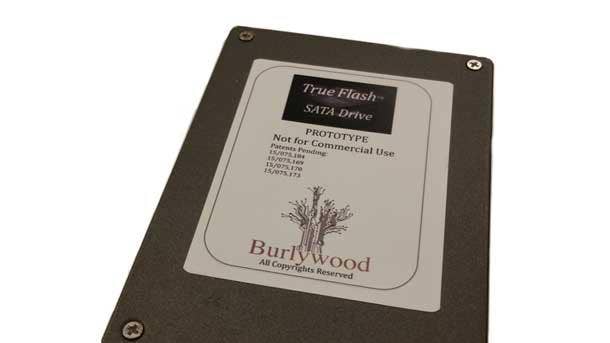
Burlywood TrueFlash Insight
TrueFlash Insight from Longmont, Colo.-based Burlywood collects hours or even days work of comprehensive SSD and application performance data, including telemetry from multiple drives that can be critical to understanding how applications perform over time. After understanding workloads, data traffic patterns, and feature requirements, the TrueFlash software is optimized to create SSDs that are matched to each and every application in the datacenter.
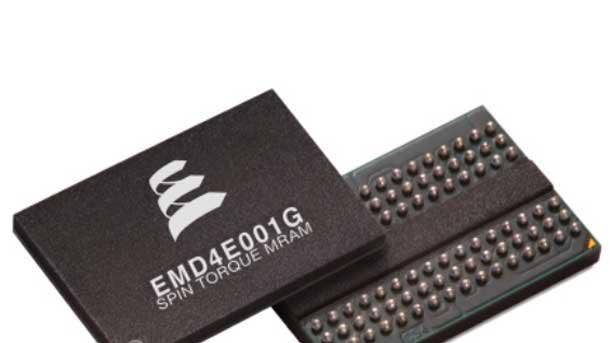
Everspin 1-Gigabit STT-MRAM
Everspin Technologies, a Chandler, Ariz.-based developer of magnetoresistive RAM (MRAM), used the Flash Memory Summit to introduce new ecosystem partnerships for its 1-Gigabit (Gb) spin-transfer torque magentoresistive RAM (STT-MRAM) offering. The company's 128Kb to 256Mb MRAM products are in production, and its 1-Gb STT-MRAM density version is just entering production. For that new version, Everspin already counts as technology partners such companies as Cadence, Sage Microelectronics, and Phison.
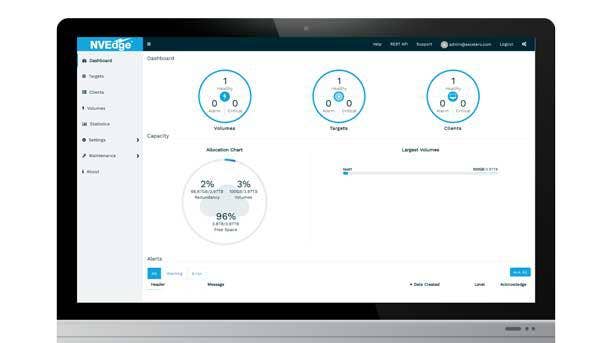
Excelero NVEdge
San Jose, Calif.-based Excelero used the Flash Memory Summit to debut its Excelero NVEdge block storage software for creating NVMe all-flash arrays leveraging traditional controller-based high availability storage architectures. Excelero NVEdge is targeted at OEM, large integrators, and other large companies looking for disaggregated NVME offerings. The company said performance is over 2.7 million 4K IOPs on a 100-Gbit link. It enables x86-based systems and SmartNIC-based architectures to take advantage of NVMe SSDs for artificial intelligence, machine learning, GPU, and edge applications. Excelero NVEdge also supports NVMe-over-Fabric.
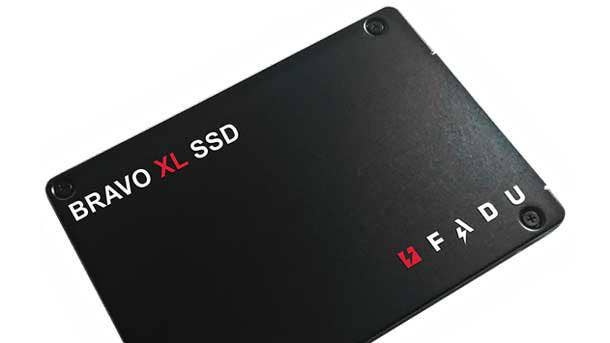
FADU Bravo XL SSD
The FADU Bravo XL SSD from Santa Clara, Calif.-based FADU was developed to meet IO intensive workloads for in-memory databases, high performance computing, artificial intelligence, and real-time analytics. FADU claims its Bravo XL SSD provides ultra-low latency to improve response time and improve performance. The Bravo XL SSD uses Toshiba 3D TLC XL-FLASH memory. It will be offered as a design using FADU’s Annapurna controller and customized firmware or as a complete, privately-labeled SSD.
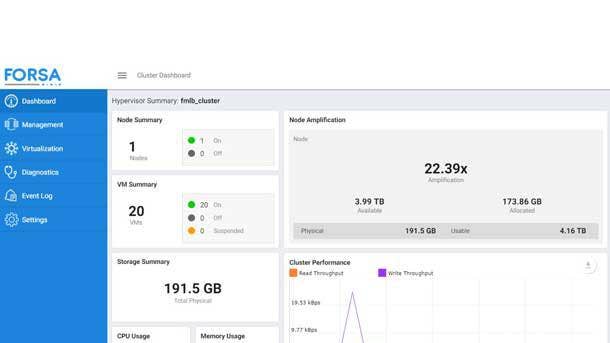
Formulus Black Forsa 3.0
Jersey City, N.J.-based in-memory computing startup Formulus Black’s new Forsa 3.0 is an enterprise-hardened version of its Forsa software that enables any application to run in memory without modification. The new version of Forsa lets businesses run larger databases, I/O hungry HPC jobs, artificial intelligence and machine learning model training in memory on commodity hardware by supporting larger systems with increased CPU power and memory and by supporting persistent memory technologies like Intel Optane DC persistent memory.
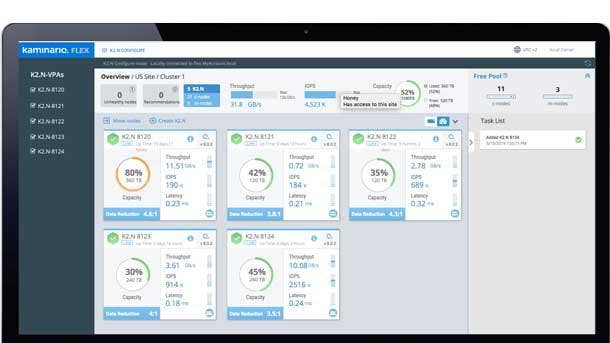
Kaminario for Public Cloud
Needham, Mass.-based Kaminario, which a couple years ago gave up on developing all-flash array hardware to focus on software and is partnering with Tech Data to deliver all-flash solutions, used the Flash Memory Summit to discuss its plans to let businesses implement Kaminario storage instances on major public cloud platforms, including Amazon Web Services, Google Cloud Platform, and Microsoft Azure. Kaminario VisionOS software will deliver the full-stack of data services available to on-premise resources. Kaminario’s native snapshot and replication utility will move data from on-premises data centers to the cloud to support development, disaster recovery, or cloud bursting use cases. Kaminario cloud instances will be managed within the same framework and software stack as on-premise implementations, with full orchestration along with management and analytics utilities. It scheduled to be released in the first half of 2020.
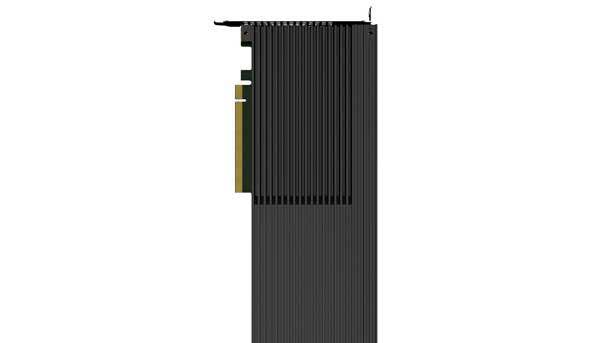
Liqid LQD4500 NVMe PCIe Add-in Card
The Liqid Element LQD4500 PCIe Add-In-Card (AIC), codenamed “Honey Badger,” combines fast performance and an ultra-thin full-height, full-length form factor, according to Broomfield, Colo.-based Liqid. the LQD4500 is based on Liqid’s composable fabric and software, and takes advantage of the newly-available Gen 4 PCIe specifications to deliver up to 4 million IOPS of random performance, more than 24 Gbytes-per-second of throughput, and low transactional latency of 20 microseconds. The device is available in capacities up to 32 TBs, and is targeted at mission-critical, data-intensive workloads.
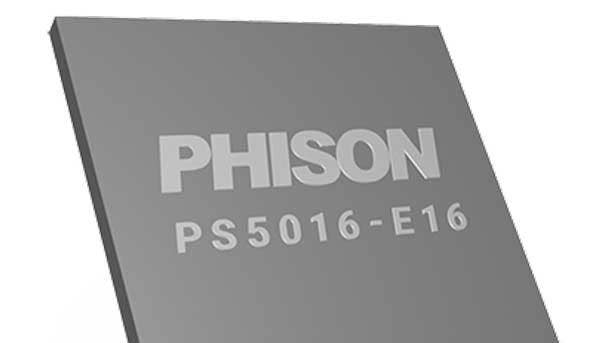
Phison PCIe Gen4x4 NVMe SSD Controller
Miaoli County, Taiwan-based Phison Electronics claims that, with its new PS5016-E16, it is the first and only company ready with a PCIe Gen 4x4 SSD. The PS5016-E16 SSD comes in capacity points of up to 2 TBs, and offers performance of up to 5 GBs-per-second sequential reads and 4.4 GBs-per-second sequential writes, which Phison calls fastest sequential reads and writes for a single M.2 SSD. That, according to the company, is a 42-percent increase in sequential reads and a 31-percent increase in sequential writes over the fastest Gen 3x4 SSDs in the market.
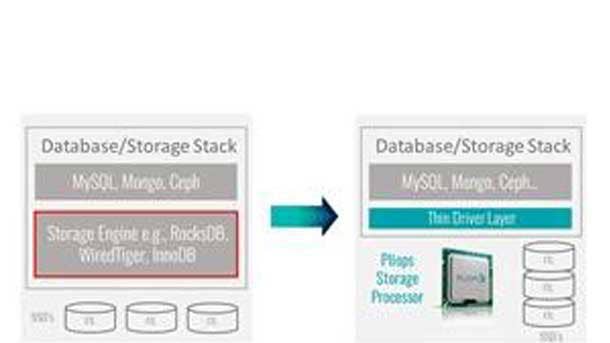
Pliops Storage Processor
Santa Clara, Calif.-based Pliops used the Flash Memory Summit to demonstrate its new, patent-pending technology for accelerating database storage functions. The Pliops Storage Processor is a new architecture featuring a dedicated hardware design to enable cloud and enterprise customers to offload and accelerate data-intensive workloads using a fraction of the computational load and power consumption of other technologies, the company claimed. Pliops worked with partners Xilinx and Western Digital to demonstrate its acceleration of MySQL transactional performance and MySQL data storage capacity compression.
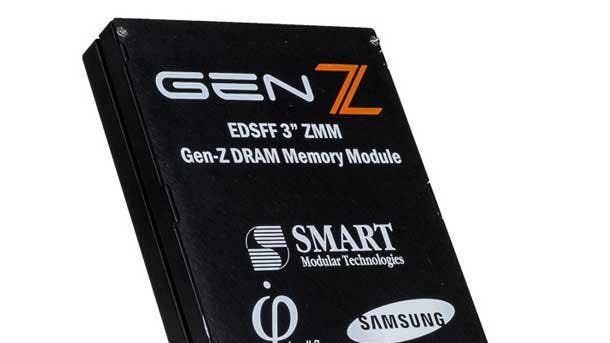
Smart Modular Technologies Gen-Z 256GB Memory Module (ZMM)
Newark, Calif.-based Smart Modular Technologies used the Flash Memory Summit to unveil its 256GB ZMM, or Gen-Z Memory Module, which supports 30 GBs-per-second of data bandwidth with 400 nanoseconds of deterministic access latency running in HPE and Dell Gen-Z enabled rack servers. The Gen-Z scalable computing interconnect protocol provides a simplified interface based on memory semantics, and is designed to handle advanced workloads and provide for data-centric computing with scalable memory pools and resources for real-time analytics and in-memory applications.
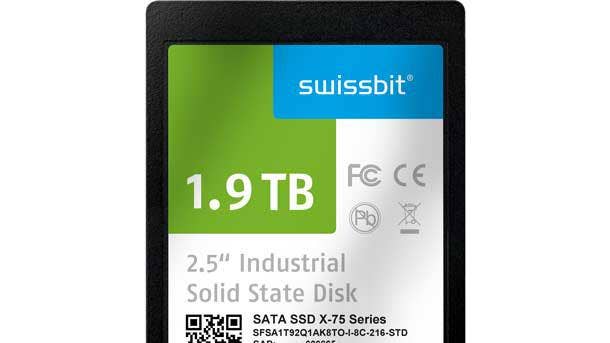
Swissbit X-75 3D NAND SATA SSD
Bronschhofen, Switzerland-based Swissbit, with U.S. headquarters in Westford, Mass., used Flash Memory Summit to launch a range of 3D NAND SSD products aimed at industrial and network communications applications. The X-75 range includes product versions with 2.5-inch housing as well as M.2, SlimSATA, and mSATA-modules.
The SATA 6-Gbits-per-second SSDs use Toshiba BiCS3 NAND along with flash controllers that support 165-bit LDPC error correction. Capacities range from 240 GBs to 2 TBs. As an option, the drives support AES256 encryption and TCG-OPAL-2.0 access protection.
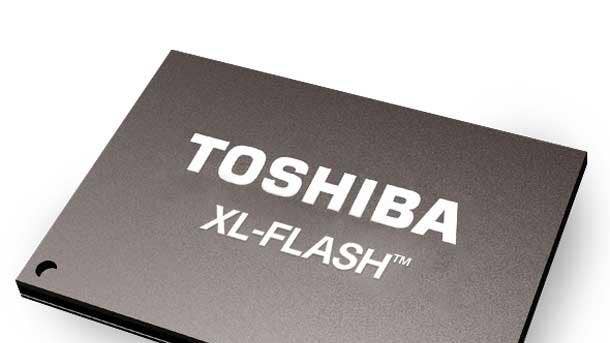
Toshiba Memory America XL-FLASH
The new XL-FLASH, introduced at the Flash Memory Summit by San Jose, Calif.-based Toshiba Memory America, is a storage class memory product. Built on the company's BiCS FLASH 3D flash memory technology with 1-bit-per-cell SLC, XL-FLASH bridges the performance gap between DRAM and NAND. Toshiba said XL-FLASH brings increased speed, reduced latency, and higher storage capacities to data center and enterprise storage at a lower cost than traditional DRAM, and will help manufacturers take advantage of emerging technologies and industry standards to develop new form factors for low-latency flash memory solutions.
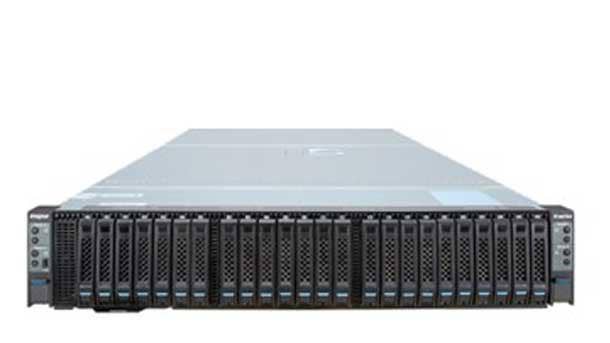
WekaIO Scale Out File System
WekaIO, a Campbell, Calif.-based developer of the WekaIO Matrix file system worked with partner Western Digital to develop Western Digital's new Ultrastar Serv24-4N storage server, first shown at the Flash Memory Summit. The NVMe-based offering, aimed at supporting modern analytics, artificial intelligence, and machine learning workloads, takes advantage of the WekaIO Matrix to deliver an exabyte-scale ActiveScale object storage system which allows solution providers to create their own software-defined solutions and services to solve customer challenges.
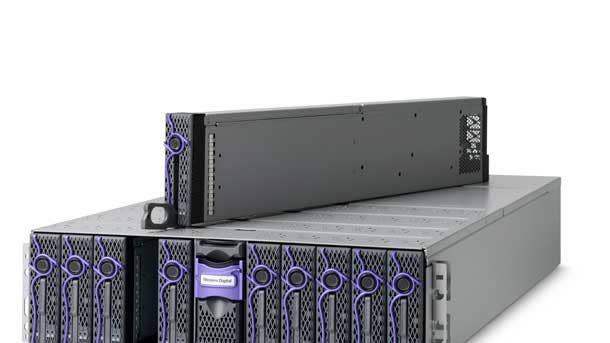
Western Digital OpenFlex NVMe-oF Open Composable Storage Platform
San Jose, Calif.-based Western Digital introduced and demonstrated its OpenFlex platform, and called it the fastest NVMe-oF shared storage device on the market. OpenFlex targets the open composable infrastructure market where compute, storage, and networking can be orchestrated into virtual resource pools and provisioned on the fly. The combination of up to 10 OpenFlex F3100 devices housed in the OpenFlex E3000 fabric enclosure provide performance density for open composable platforms with up to 7.2 million IOPS per rack unit and 39 GBs-per-second per rack unit, with a raw capacity density of 205 TBs per rack unit. Western Digital claims OpenFlex can reduce total cost of ownership by up to 40 percent compared to traditional hyper-converged infrastructure platforms.